Windows AntiHazard Helper
Posted: March 23, 2012
Threat Metric
The following fields listed on the Threat Meter containing a specific value, are explained in detail below:
Threat Level: The threat level scale goes from 1 to 10 where 10 is the highest level of severity and 1 is the lowest level of severity. Each specific level is relative to the threat's consistent assessed behaviors collected from SpyHunter's risk assessment model.
Detection Count: The collective number of confirmed and suspected cases of a particular malware threat. The detection count is calculated from infected PCs retrieved from diagnostic and scan log reports generated by SpyHunter.
Volume Count: Similar to the detection count, the Volume Count is specifically based on the number of confirmed and suspected threats infecting systems on a daily basis. High volume counts usually represent a popular threat but may or may not have infected a large number of systems. High detection count threats could lay dormant and have a low volume count. Criteria for Volume Count is relative to a daily detection count.
Trend Path: The Trend Path, utilizing an up arrow, down arrow or equal symbol, represents the level of recent movement of a particular threat. Up arrows represent an increase, down arrows represent a decline and the equal symbol represent no change to a threat's recent movement.
% Impact (Last 7 Days): This demonstrates a 7-day period change in the frequency of a malware threat infecting PCs. The percentage impact correlates directly to the current Trend Path to determine a rise or decline in the percentage.
| Threat Level: | 10/10 |
|---|---|
| Infected PCs: | 41 |
| First Seen: | March 23, 2012 |
|---|---|
| OS(es) Affected: | Windows |
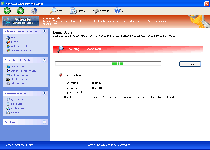 Cosmetically, Windows Antihazard Helper may appear to be an anti-virus program with an unusually broad range of security features, but, as a scamware member of the Win32/FakeVimes family, Windows Antihazard Helper's real functions focus on providing inaccurate information, attacking your web browser and blocking legitimate security products. Windows Antihazard Helper is functionally identical to other members of its family, and in its goal to gain access to your money and fiscal information, will try to fool you into thinking that dozens of PC threats are attacking your computer. Since Windows Antihazard Helper doesn't have any ability to do anything about any kind of malicious software, SpywareRemove.com malware research team suggests that you put a stop to Windows Antihazard Helper's fake alerts by deleting Windows Antihazard Helper with a real anti-malware program. It's also recommended that you take additional steps to disable all active PC threats before you scan your PC as a way to insure that all components of a Windows Antihazard Helper infection are completely identified and removed.
Cosmetically, Windows Antihazard Helper may appear to be an anti-virus program with an unusually broad range of security features, but, as a scamware member of the Win32/FakeVimes family, Windows Antihazard Helper's real functions focus on providing inaccurate information, attacking your web browser and blocking legitimate security products. Windows Antihazard Helper is functionally identical to other members of its family, and in its goal to gain access to your money and fiscal information, will try to fool you into thinking that dozens of PC threats are attacking your computer. Since Windows Antihazard Helper doesn't have any ability to do anything about any kind of malicious software, SpywareRemove.com malware research team suggests that you put a stop to Windows Antihazard Helper's fake alerts by deleting Windows Antihazard Helper with a real anti-malware program. It's also recommended that you take additional steps to disable all active PC threats before you scan your PC as a way to insure that all components of a Windows Antihazard Helper infection are completely identified and removed.
Windows Antihazard Helper – Offering the Kind of Help That No Computer Needs
Windows Antihazard Helper pretends to be an ideal security program with a breadth of features that popular brands couldn't possibly compete against, but this vision of perfect security is spoiled by the fact that all of Windows Antihazard Helper's features are fraudulent. Although Windows Antihazard Helper will launch whenever Windows starts and proceed to display both automated system scans and a variety of pop-ups, SpywareRemove.com malware experts have found that diagnostic information from Windows Antihazard Helper is utterly inaccurate. You may see fake warnings from Windows Antihazard Helper, as well as from the rest of the FakeVimes family of rogue anti-virus products.
These attacks are caused with the singular purpose of making you spend money on Windows Antihazard Helper in a blind panic, but this is both unnecessary for deleting Windows Antihazard Helper and a waste of your finances. Additionally, any financial information that's given to Windows Antihazard Helper's criminal partners should be considered compromised until appropriate security countermeasures are taken.
Because Windows Antihazard Helper will launch with Windows and try to avoid being disabled, SpywareRemove.com malware researchers note that possibly you will need to make use of Safe Mode or a different alternative in system boot methodology before you can remove Windows Antihazard Helper. Deleting Windows Antihazard Helper while Windows Antihazard Helper is active or using manual methods to track down and delete Windows Antihazard Helper is generally considered inadvisable, since some of its components may remain undetected in either of these cases.
The Worst of Windows Antihazard Helper's Bag of Tricks
Windows Antihazard Helper can be thought of as an identical clone of recent members of Win32/FakeVimes. These members also include Privacy Guard Pro, Extra Antivirus, Fast Antivirus 2009, Presto TuneUp, Windows Security Suite, Smart Virus Eliminator, Packed.Generic.245, Volcano Security Suite, Windows Enterprise Suite, Enterprise Suite, Additional Guard, Live PC Care, PC Live Guard, Live Enterprise Suite, Security Antivirus, My Security Wall, CleanUp Antivirus, Smart Security and PrivacyGuard Pro 2.0. All of these examples of fake anti-virus programs are able to conduct additional attacks that SpywareRemove.com malware researchers have found to be negative influences on the infected computer's security. Such attacks by Windows Antihazard Helper and its kin can consist of:
- Disabled UAC (User Account Control) features.
- Having your Hosts file altered to hijack and redirect your web browser. Redirect attacks may block PC security sites or redirect you from search engines to hostile sites.
- Having popular brands of anti-malware and security software blocked (until you disable Windows Antihazard Helper).
Use SpyHunter to Detect and Remove PC Threats
If you are concerned that malware or PC threats similar to Windows AntiHazard Helper may have infected your computer, we recommend you start an in-depth system scan with SpyHunter. SpyHunter is an advanced malware protection and remediation application that offers subscribers a comprehensive method for protecting PCs from malware, in addition to providing one-on-one technical support service.
* See Free Trial offer below. EULA and Privacy/Cookie Policy.
Why can't I open any program including SpyHunter? You may have a malware file running in memory that kills any programs that you try to launch on your PC. Tip: Download SpyHunter from a clean computer, copy it to a USB thumb drive, DVD or CD, then install it on the infected PC and run SpyHunter's malware scanner.
Technical Details
File System Modifications
Tutorials: If you wish to learn how to remove malware components manually, you can read the tutorials on how to find malware, kill unwanted processes, remove malicious DLLs and delete other harmful files. Always be sure to back up your PC before making any changes.
The following files were created in the system:%APPDATA%\Protector-vdsl.exe
File name: Protector-vdsl.exeSize: 2.02 MB (2023424 bytes)
MD5: 6036599c9e687d43fba302a4a936e5b5
Detection count: 79
File type: Executable File
Mime Type: unknown/exe
Path: %APPDATA%
Group: Malware file
Last Updated: March 23, 2012
%appdata%\npswf32.dll
File name: %appdata%\npswf32.dllFile type: Dynamic link library
Mime Type: unknown/dll
Group: Malware file
%appdata%\Inspector-[rnd].exe
File name: %appdata%\Inspector-[rnd].exeFile type: Executable File
Mime Type: unknown/exe
Group: Malware file
%commonprograms%\Windows AntiHazard Helper.lnk
File name: %commonprograms%\Windows AntiHazard Helper.lnkFile type: Shortcut
Mime Type: unknown/lnk
Group: Malware file
%desktopdir%\Windows AntiHazard Helper.lnk
File name: %desktopdir%\Windows AntiHazard Helper.lnkFile type: Shortcut
Mime Type: unknown/lnk
Group: Malware file
Registry Modifications
HKEY..\..\..\..{Subkeys}HKEY_CURRENT_USER\Software\Microsoft\Windows\CurrentVersion\Run!Inspector
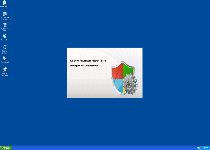
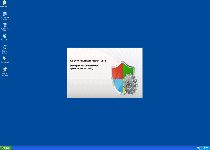
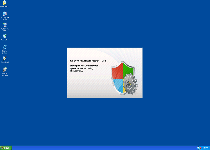
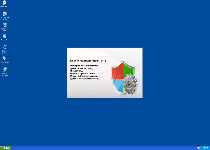
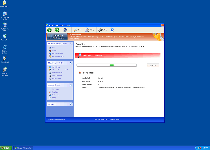
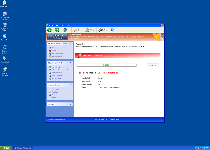
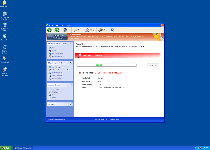
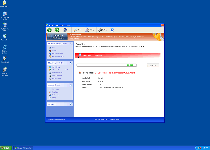
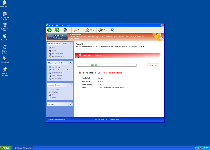
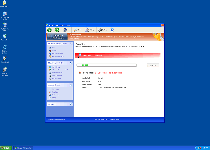
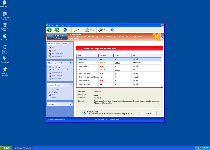
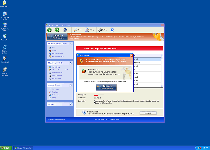
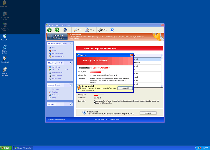
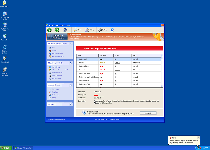
Leave a Reply
Please note that we are not able to assist with billing and support issues regarding SpyHunter or other products. If you're having issues with SpyHunter, please get in touch with SpyHunter customer support through your SpyHunter . If you have SpyHunter billing questions, we recommend you check the Billing FAQ. For general suggestions or feedback, contact us.